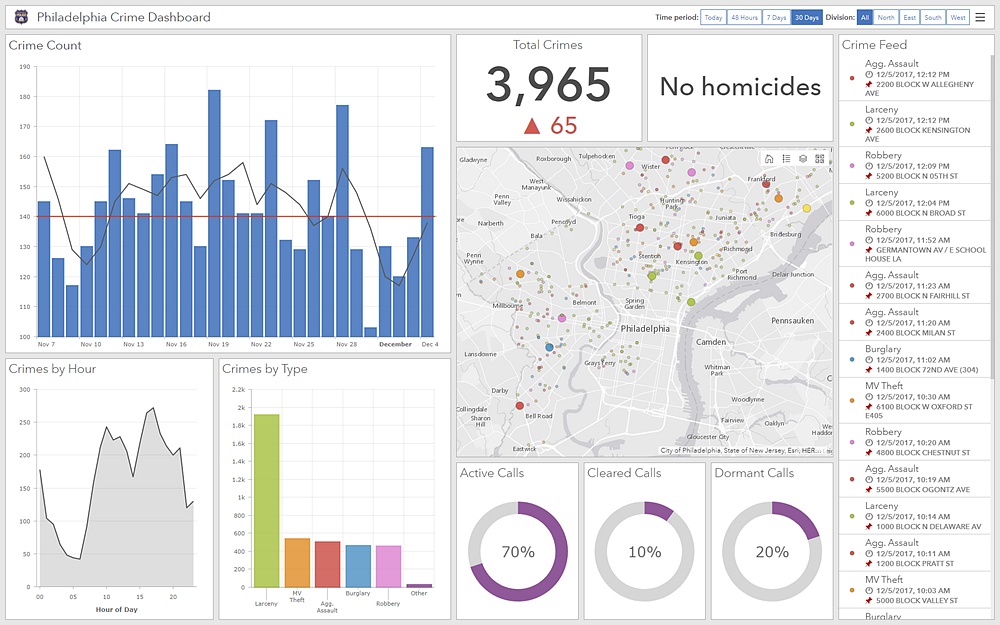Principles of GIS / Intro to GIS Programming
-
Explore, learn and see how GIS can make a difference in solving today's geospatial problems.
Thematic Mapping
Visualize spatial patterns of data, such as disease outbreaks, population density, or economic indicators. Thematic maps simplify complex data distributions, aiding in rapid analysis and informed decision-making in various fields.
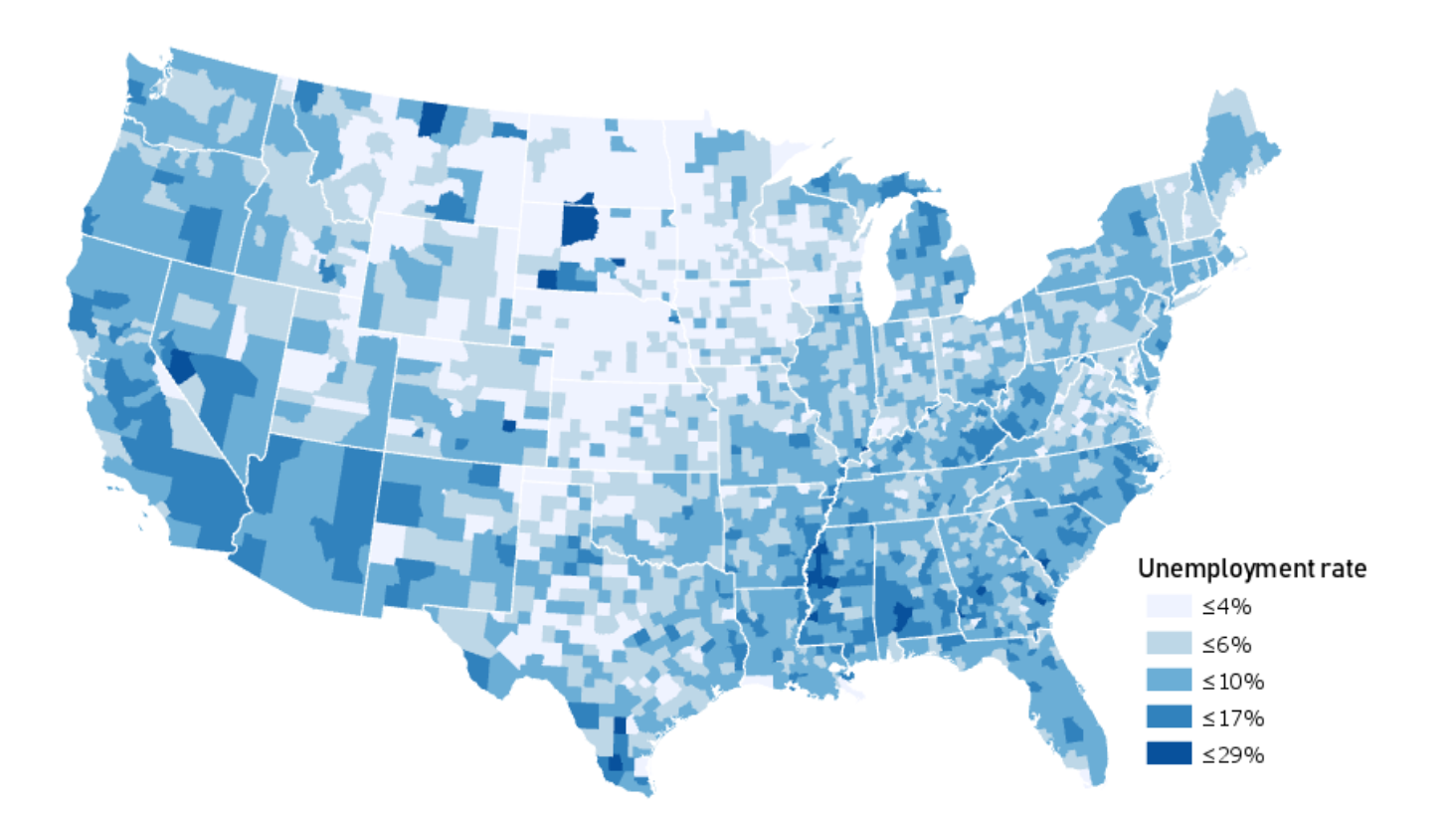
Terrain Mapping
View and manipulate digital elevation models (DEMs), slope and aspect maps, curvature maps, contour maps, viewshed and watershed maps, etc. These maps and related analytical processes are critical for hydrological analysis, infrastructure siting, and understanding landforms for environmental and engineering projects.
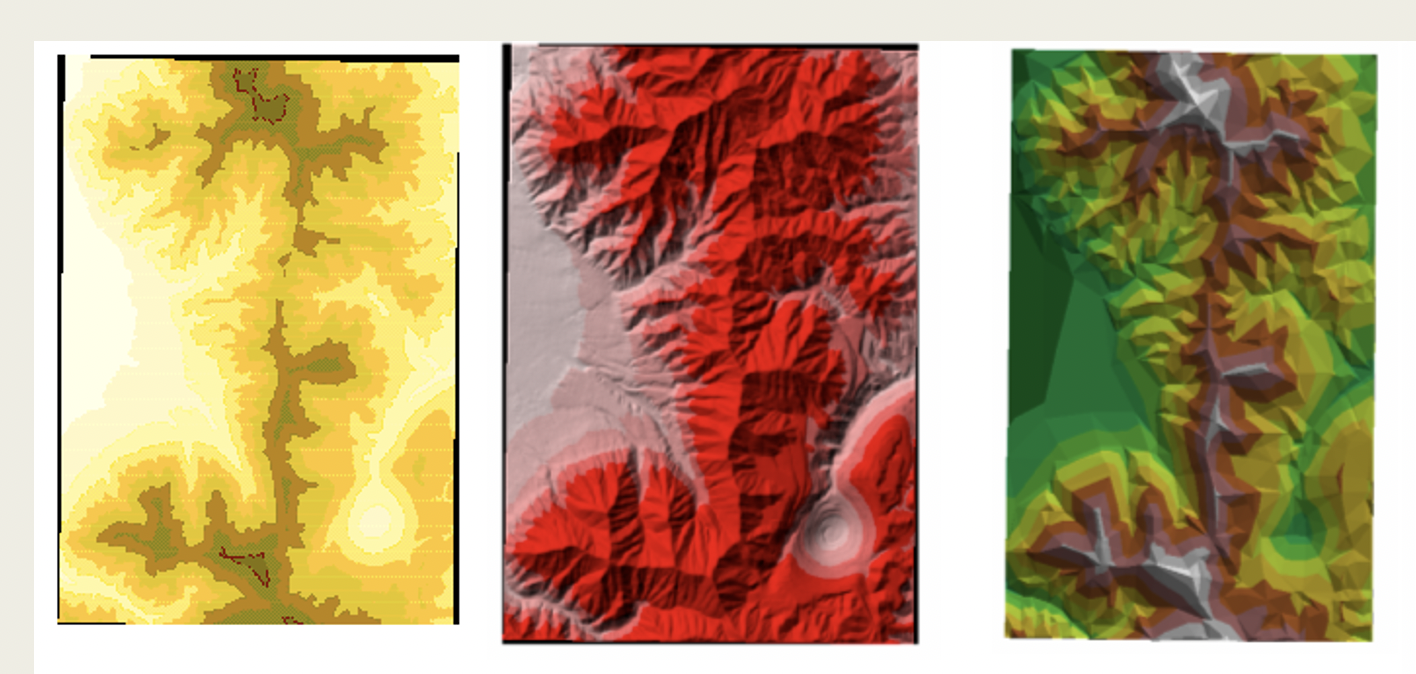
Geocoding Addresses
Geocoding is the process of converting textual addresses into mappable coordinates (latitude and longitude). Geocoding is fundamental for plotting customer data, accident locations, or service requests onto a geographic platform for analysis.
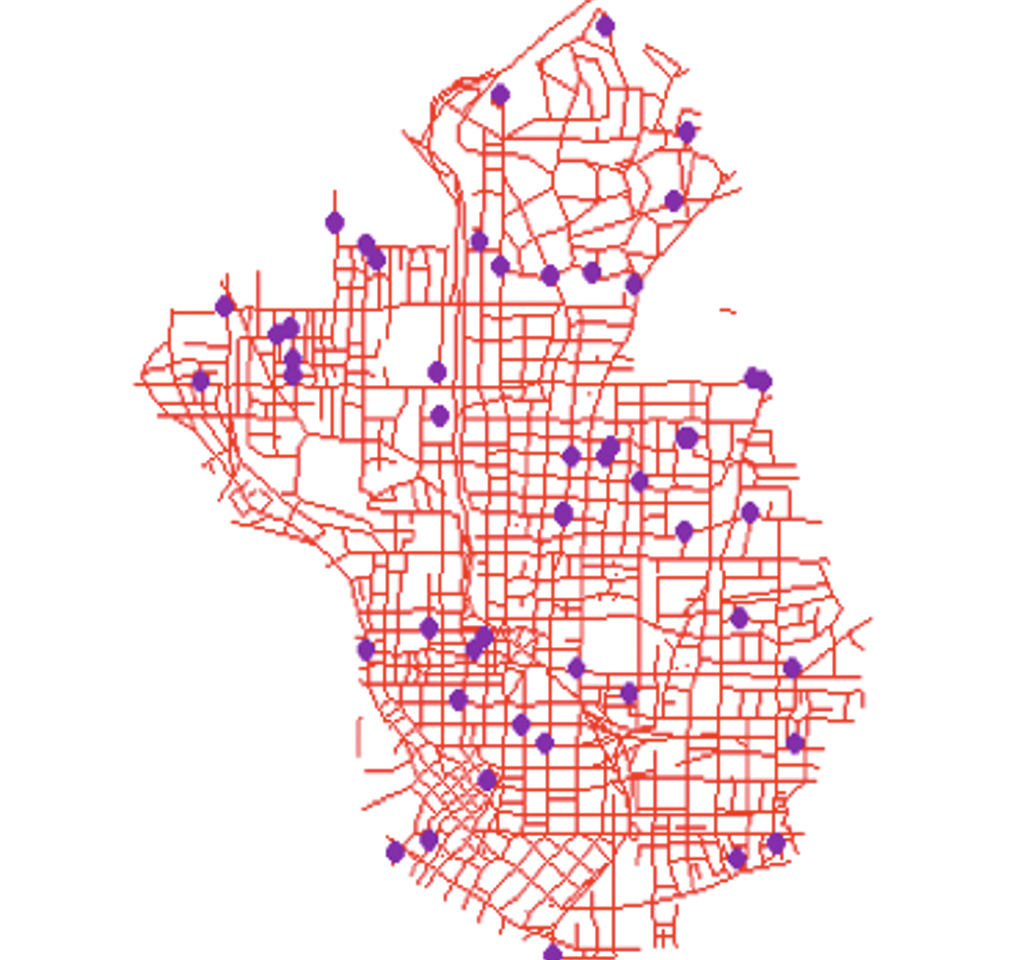
Utility Mapping
Manage and visualize complex infrastructure networks, including water, electricity, telecommunications, gas, and fiber optics. Accurate utility mapping improves asset management, maintenance scheduling, and swift outage response.
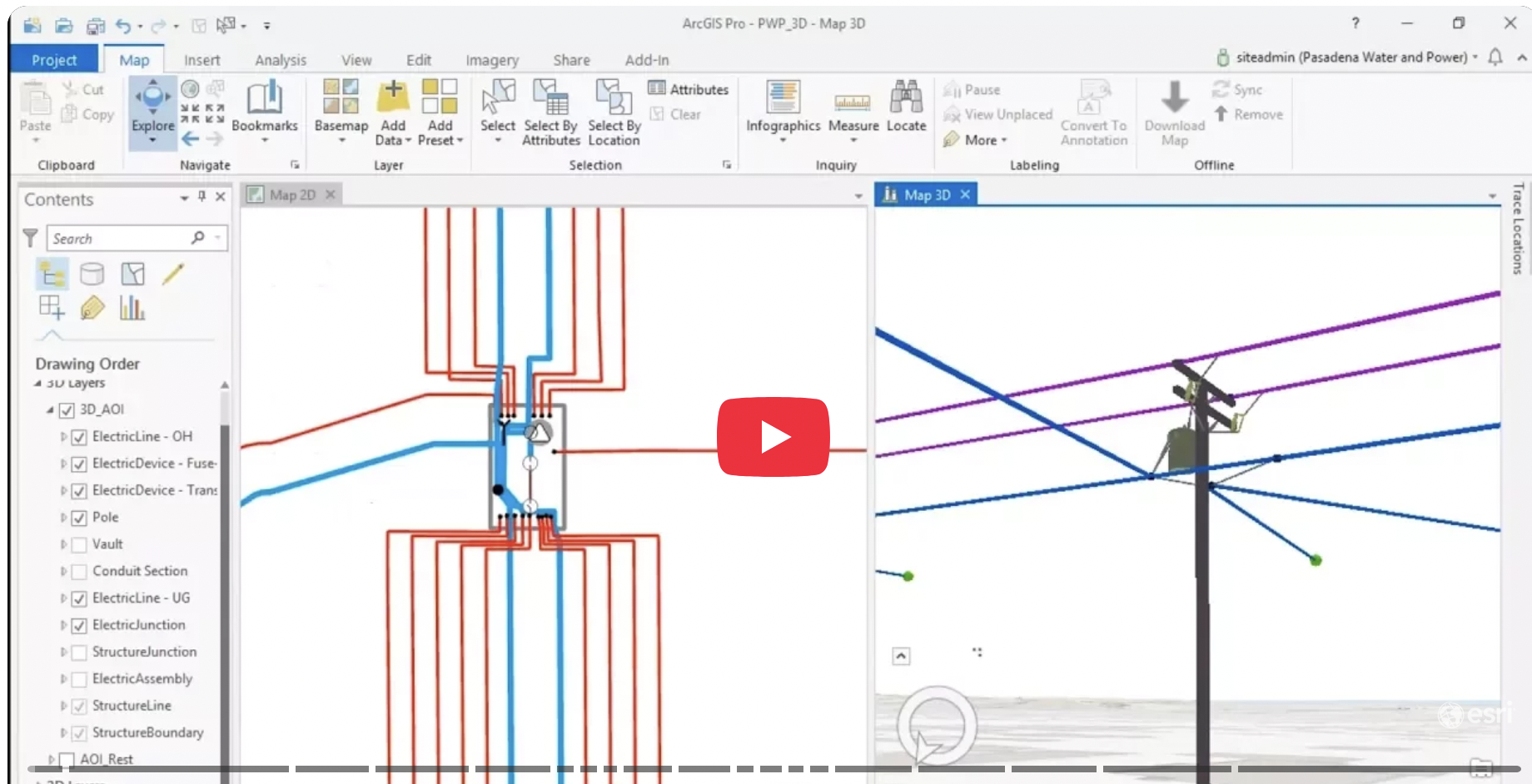
Spatial Analysis
Use proximity, overlay, and statistical tools to discover relationships, patterns, and trends in geographic data. This type of analysis provides insights for site selection, suitability modeling, and environmental impact studies.
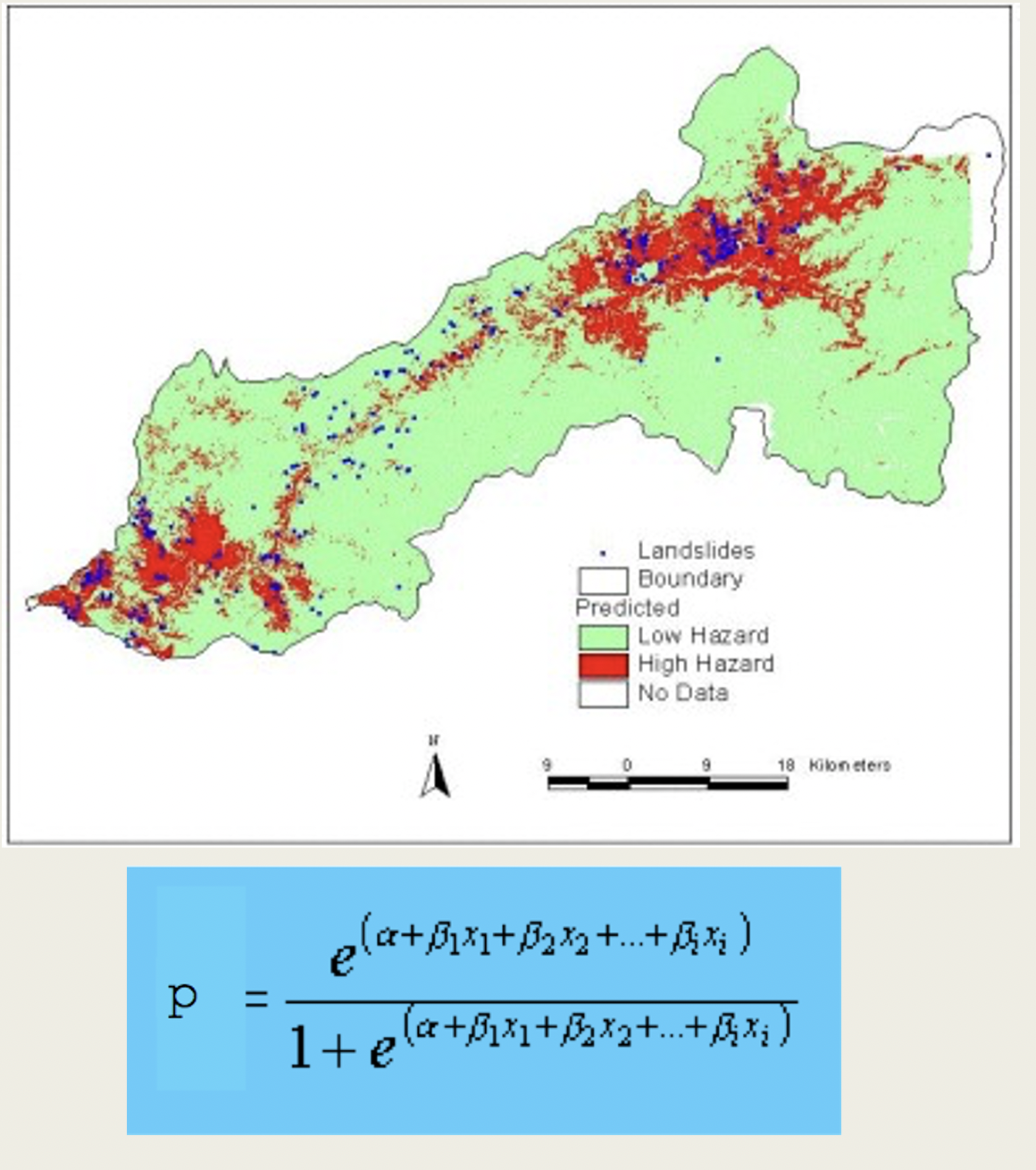
Field Data Collection
Utilize GPS-enabled devices and mobile apps to capture precise geospatial data directly in the field. This ensures data accuracy and speed, replacing traditional paper maps and manual measurements.
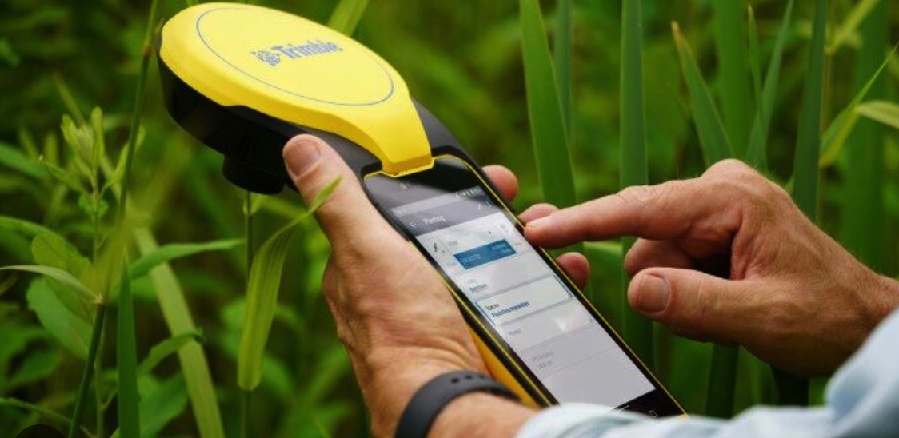
Automating Processes with Python
Use Python and its libraries (e.g., ArcPy, GeoPandas) to script and automate repetitive spatial tasks, batch process data, and create customized geospatial applications.
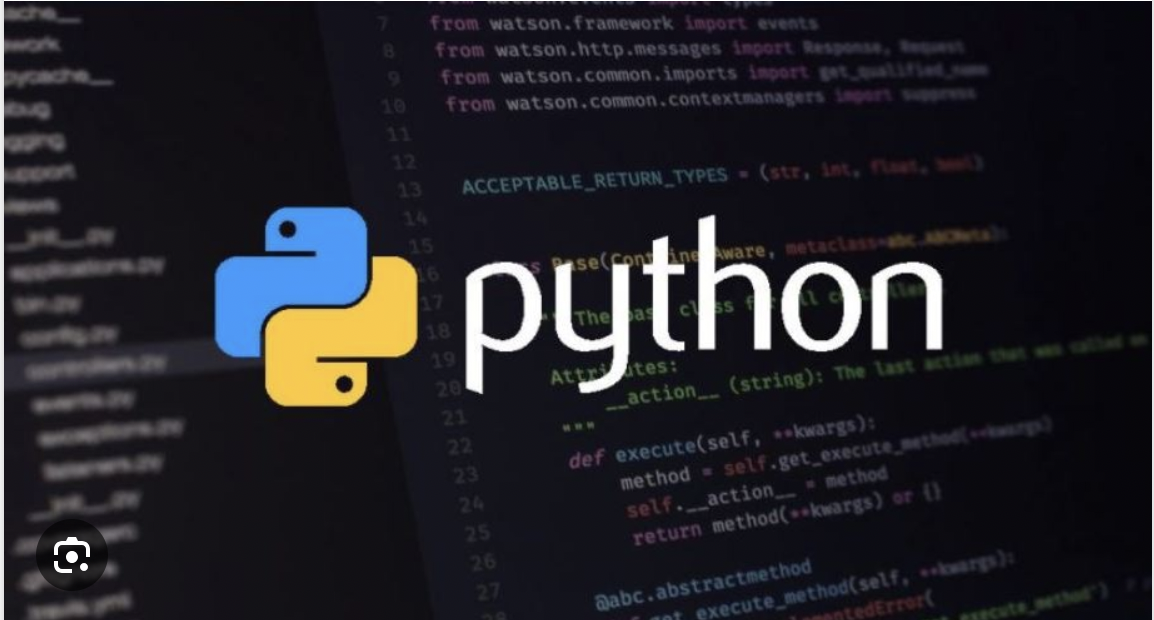
Web Mapping
Use ArcGIS and open source platforms such as Open Layers and Leaflet to publish and share geographic data and analysis results online using interactive web maps. This makes GIS accessible to a wide audience through standard web browsers, supporting collaboration and public engagement.
